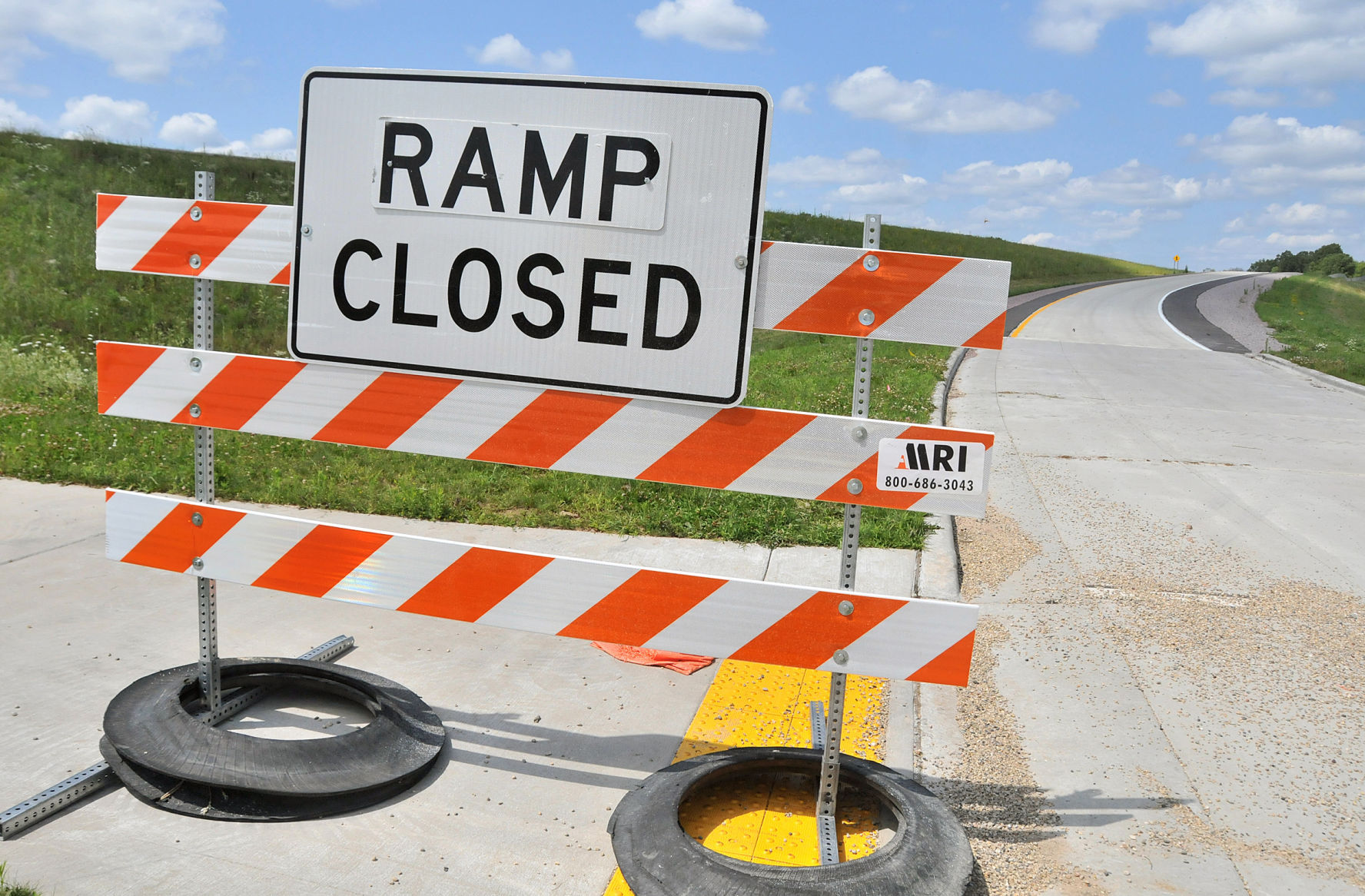

"Now with some of this federal money coming in, I'm hoping it will allow us to begin to really start improving conditions and getting more of our bridges done and getting more of our roads repaired," Thompson said.Ĭrumbling roads have been a problem for years for towns, villages, cities and counties in the state, but there's some evidence the approach in the last state budget has started to address the situation. Then, there's President Joe Biden's $2 trillion federal infrastructure proposal where Wisconsin might share with other states more than $100 billion for bridge and road repairs. "We're never in a situation where we’re going to feel it’s all fixed, but between the last (state) budget, where we had the biggest increase in transportation in a generation that’s allowed us to stop the decline in conditions, both on our state system and getting the locals more money for their system," Thompson said. Thompson said the state is still assessing if aid from the Biden administration's $1.9 trillion American Rescue Plan Act can be used on road improvements. Most of the 42 projects involve replacing or repairing bridges or resurfacing state highways.ĭuring 2020, Thompson said all 375 road projects the state was planning moved forward, and some were completed ahead of schedule and under budget. "It allowed us to not only not have to cut back on projects, but to advance 42 projects earlier than was previously anticipated." "The funding was able to fill in for the lost revenues we had (in 2020) because of gas tax revenues being lower than usual due to decreased traffic," said DOT Secretary Craig Thompson. The state Department of Transportation recently announced a COVID-19 relief plan passed by Congress in late 2020 will allow the state to complete 42 highway projects valued at nearly $150 million in the next two years. In 2020, the American Society of Civil Engineers Infrastructure Report Card gave Wisconsin roads a letter grade of D+. While the objective of system improvements is to reduce costs and provide overall economic benefit to the supply chain, the research team was not provided with commercial rate data or cost information to make economic conclusions, but rather concentrated in technical analysis of actual truck movement data.An influx of pandemic-related federal aid to state and local governments is helping clear a backlog of needed road improvement projects in Wisconsin. Data on actual movements can be used to identify and evaluate the choke points on the system and compare against the anecdotal data by industry stakeholders.
#DEP OF TRANSPORTATION NORTHERN WISCONSIN OPEN ROADS HOW TO#
The primary objective of this research effort was to provide transportation time and movement data for actual shipments of logs and chips to gain insights on how to improve system efficiency. Since the cell phone coverage in the region is very sparse and unreliable, using satellite based GPS transponders is a logical alternative, but the use of such devices has been limited in the forest products industry, partially due to the high cost of devices and partially due to the fact that the financial benefits of these tracking systems haven's been demonstrated for many owner-operators, not has this data been required for payment for freight invoices. One method to collect data on continuous truck movements is with global positioning systems (GPS) data receivers. Understanding of system efficiencies requires sufficient data, but while most individual forest products companies collect data on truck trip origin and destination, little is known about the actual daily truck activity within the region. The Midwest forest products industry competes in a global market and the region's value proposition is highly dependent on an affordable and efficient transportation system. These handling characteristics along with low value create a supply chain where transportation costs represent a large portion of the final delivered product price. Logs are a dense heavy weight product to transport, while chips are light and bulky. Logs and wood chips are relatively low value. Minimizing transportation cost is essential in the forest products industry.


 0 kommentar(er)
0 kommentar(er)
